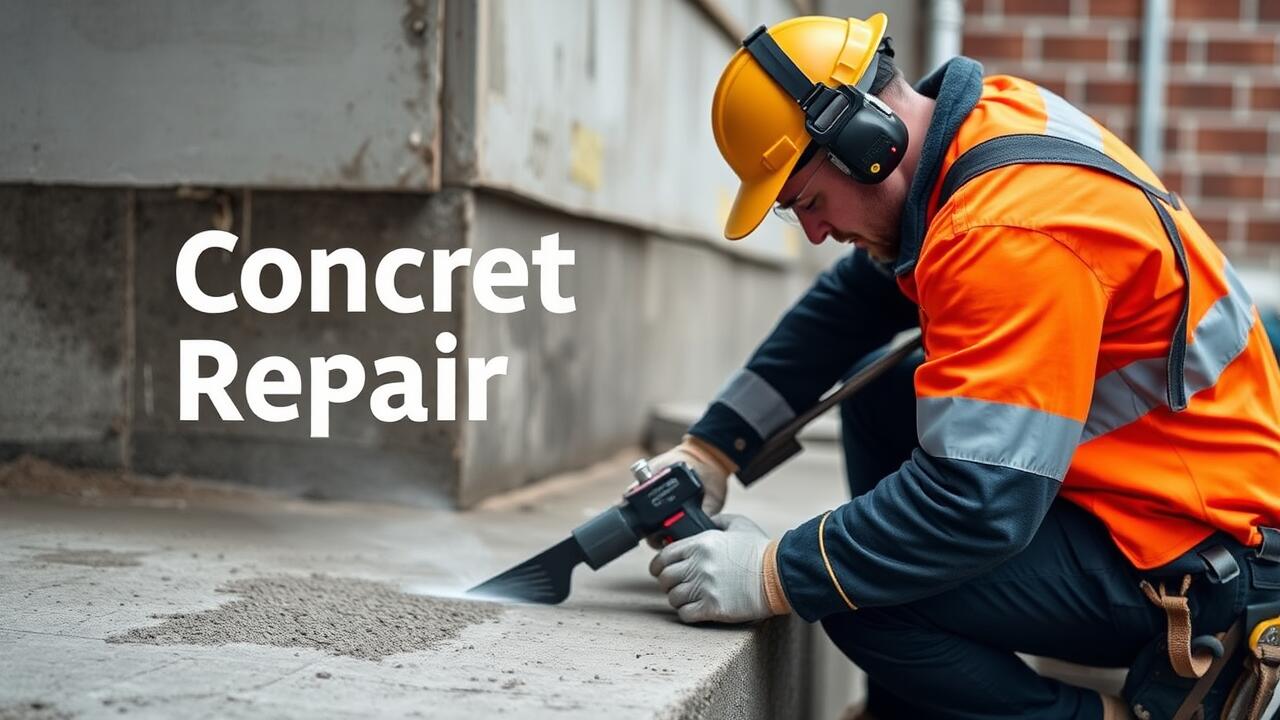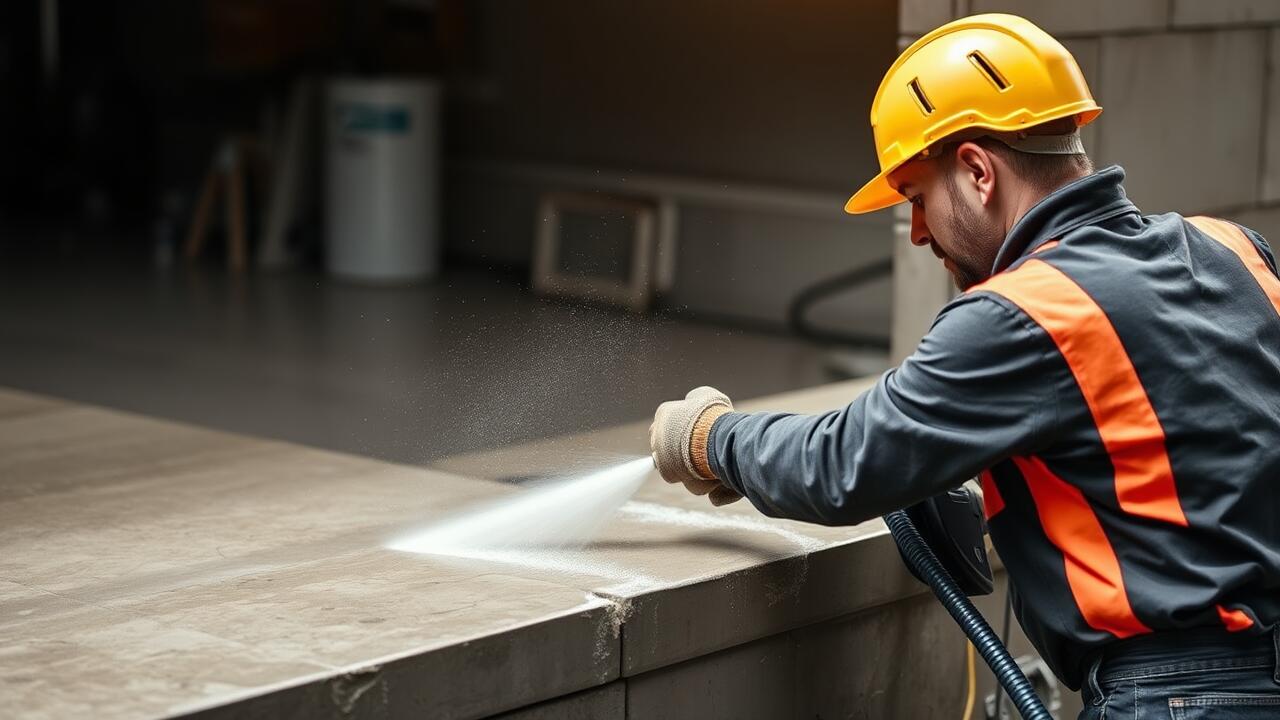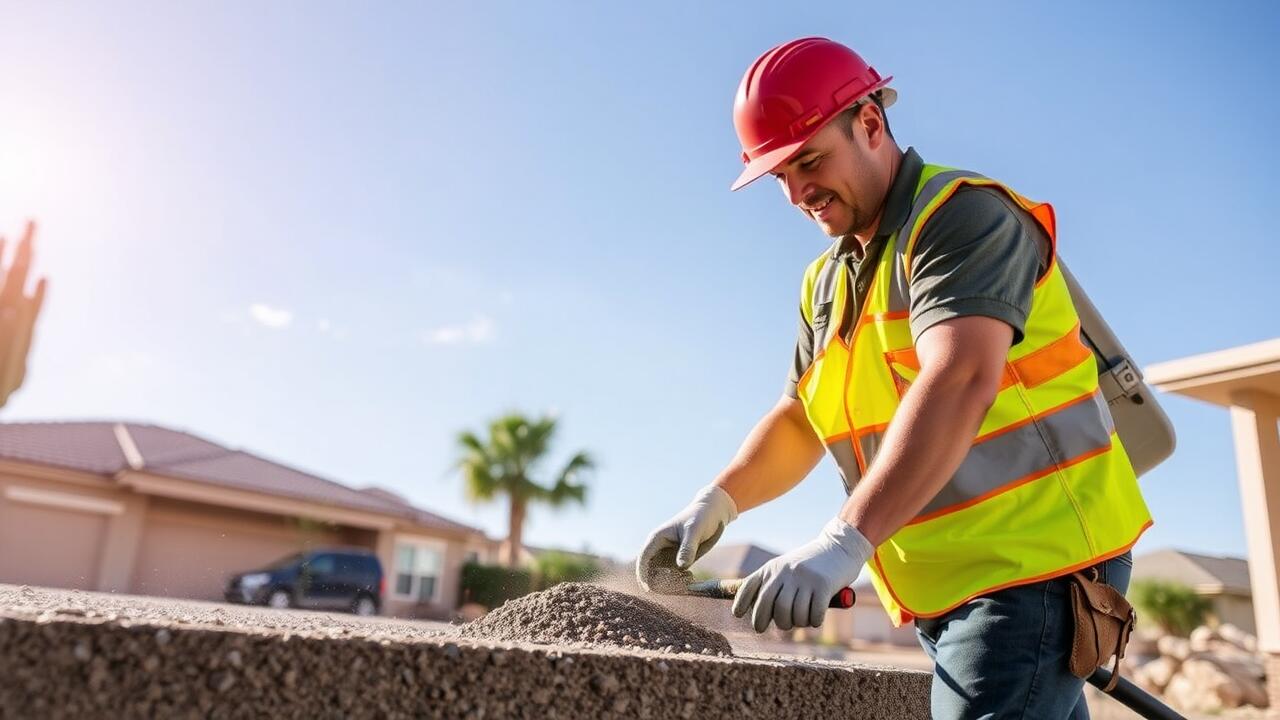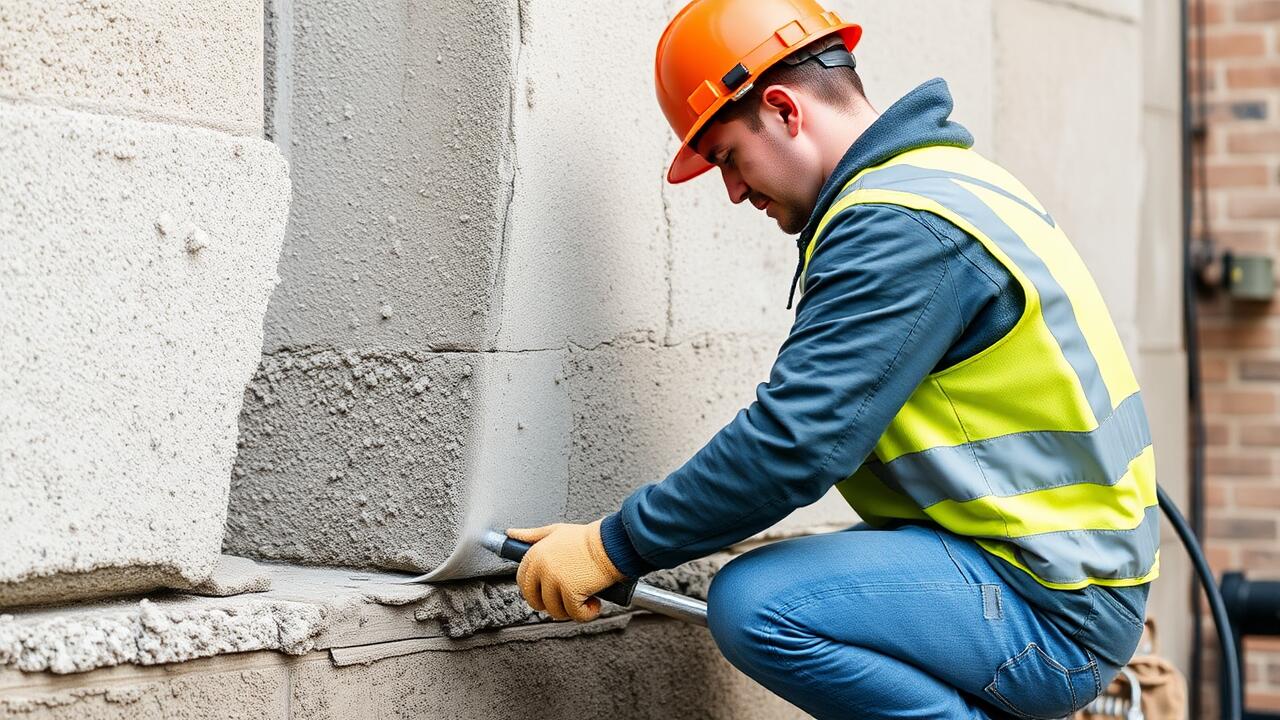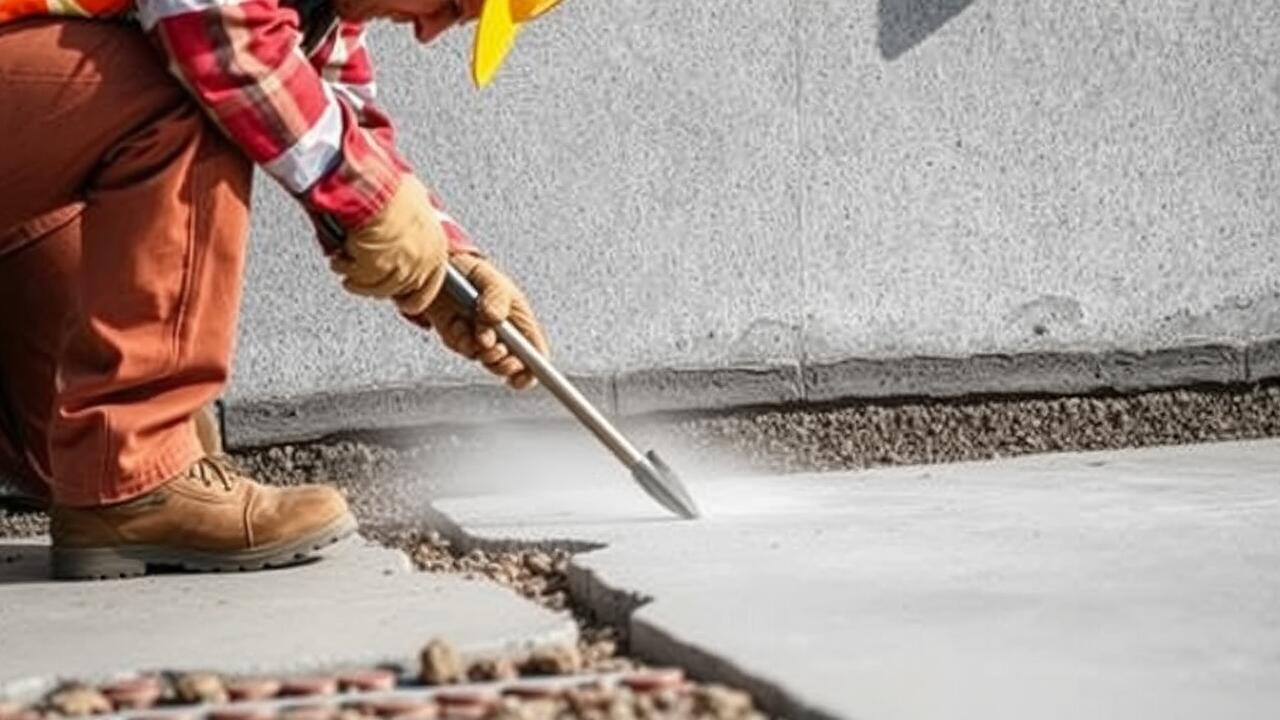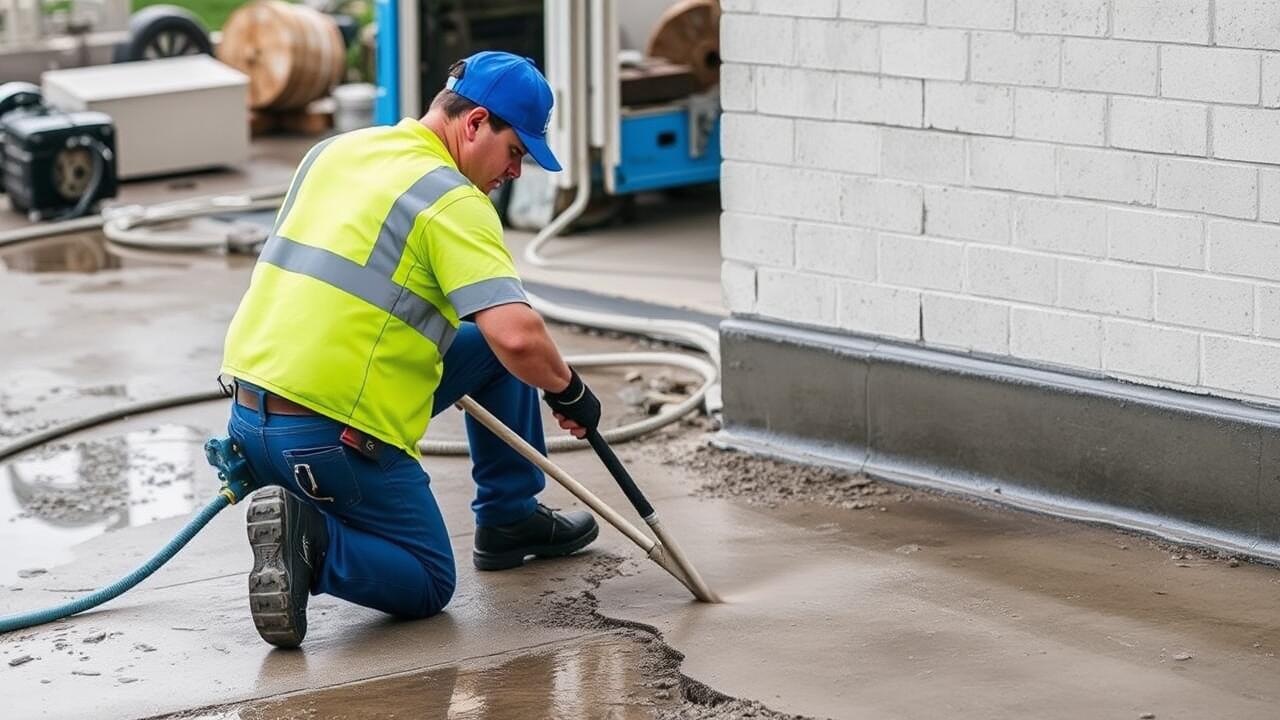
Choosing the Right Concrete Mix
Selecting an appropriate concrete mix is vital for a successful overlay on damaged concrete. Various mixes are available, each designed for specific purposes. When choosing a mix, consider factors such as the existing concrete's condition, the intended use of the surface, and environmental conditions. A high-strength mix can provide added durability, while a lightweight mix may be beneficial for projects requiring minimal weight on the substrate.
For those in need of expert assistance, Concrete Repair in Camelback East, Phoenix, offers specialized solutions tailored to address individual project needs. Whether it's enhancing the appearance of an old driveway or preparing a foundation for new construction, the right mix can significantly improve results. Understanding the specific requirements of the project can streamline the selection process and ensure a resilient finished surface.
Factors to Consider for Optimal Results
When considering pouring new concrete over existing damaged surfaces, ensuring proper adhesion is key. The condition of the original slab plays a crucial role. Any deep cracks or gaps may require repairs before applying a new layer. Additionally, cleaning the surface thoroughly removes debris and contaminants, enhancing the bonding between the layers. For those exploring professional options, services such as Concrete Repair in Camelback East, Phoenix, specialize in preparing the surface for maximum durability.
Temperature and humidity conditions are also significant factors to keep in mind during the process. Extreme temperatures can affect the curing time and the overall strength of the newly poured concrete. Ideally, working during moderate weather conditions will yield the best results. Moreover, using additives specific to the conditions can improve the mix's performance. Knowledge of these factors can make a substantial difference in achieving a successful and lasting concrete application.
Curing Process After Pouring
The curing process is crucial after pouring concrete over damaged surfaces. Proper curing helps generate the strength and durability necessary for the new layer to bond effectively with the existing concrete. Maintaining an adequate moisture level is essential, as it prevents cracks and promotes uniform curing. Depending on the climate conditions, strategies may include using wet burlap, plastic sheeting, or curing compounds to retain moisture during the curing phase.
For those looking for professional assistance, Concrete Repair in Camelback East, Phoenix, offers expert services that ensure the proper curing techniques are applied. This local expertise can be invaluable, especially when faced with varying weather conditions that could affect curing times. Ensuring that the concrete remains adequately moist and protected during the curing process ultimately contributes to a resilient and long-lasting repair.
Importance of Proper Curing for Longevity
Curing is a critical step in the concrete pouring process that significantly affects the longevity and durability of the surface. Proper curing maintains moisture levels in the concrete, allowing it to hydrate fully and develop the desired strength. Without adequate moisture retention, cracks and surface imperfections are more likely to occur, compromising the structural integrity. This is especially important in areas like Concrete Repair in Camelback East, Phoenix, where weather conditions can lead to rapid drying of the poured concrete.
Furthermore, the duration and method of curing directly influence the longevity of the repaired surface. Techniques such as covering the fresh concrete with wet burlap or applying curing compounds can help retain moisture. As concrete continues to cure for several days, the chemical reactions within the mixture enhance its hardness and resilience. Neglecting this vital phase could result in a weak surface that may require further repairs, ultimately leading to increased costs and labor in the long run.
Common Mistakes to Avoid
Homeowners often overlook surface preparation before pouring new concrete over old surfaces. Failing to clean the existing concrete properly can lead to poor adhesion, causing the new layer to crack or peel prematurely. Any debris, oil, or loose bits must be removed to ensure a solid bond. Using a pressure washer can be effective, but even scraping away loose materials is essential for a successful installation.
Another common mistake is skimping on the curing process after pouring the new concrete. Proper curing ensures that the concrete gains strength and durability over time. Insufficient curing can result in a weaker structure that may not withstand daily wear and tear. For those considering projects like this, seeking a professional service for Concrete Repair in Camelback East, Phoenix, can provide valuable insight and expertise, minimizing the risk of mistakes.
Ensuring a Smooth and Strong Finish
Achieving a smooth and strong finish on newly poured concrete over existing surfaces requires careful attention to technique. Start by ensuring that the surface is clean and free of debris, which can hinder adhesion. Utilize appropriate tools such as a trowel or float to distribute the new concrete evenly. Pay attention to the edges and corners, as these areas often need extra care to avoid imperfections. Working in small sections can help in managing the consistency and appearance of the finish.
Additionally, the quality of the concrete mix plays a crucial role in the final results. A well-balanced mix will enhance workability and help in achieving the desired texture. Consider seeking professional assistance in areas like Concrete Repair in Camelback East, Phoenix, where experts can provide guidance tailored to the specific conditions of your project. They can recommend the best practices and techniques for ensuring that the finish remains durable and visually appealing over time.
FAQS
Can I pour new concrete directly over damaged concrete?
Yes, you can pour new concrete over damaged concrete, but it's essential to assess the condition of the existing surface and prepare it properly for optimal adhesion and durability.
What preparations are needed before pouring concrete over damaged concrete?
Thoroughly clean the existing concrete surface, repair any significant cracks or holes, and consider using a concrete bonding agent to enhance adhesion between the old and new layers.
Will pouring concrete over damaged concrete fix the issues with the existing slab?
Pouring concrete over damaged concrete can improve the surface, but it may not resolve underlying structural problems. If the original slab has significant structural issues, it may be better to remove and replace it.
How long should I wait before using the newly poured concrete?
It's recommended to wait at least 24 to 48 hours before walking on the new concrete and up to a week before driving over it, depending on the curing conditions and concrete mix used.
What common mistakes should I avoid when pouring concrete over damaged concrete?
Avoid skipping surface preparation, neglecting the curing process, or using an incompatible concrete mix. Ensuring proper surface preparation and curing is crucial for a strong and lasting finish.
